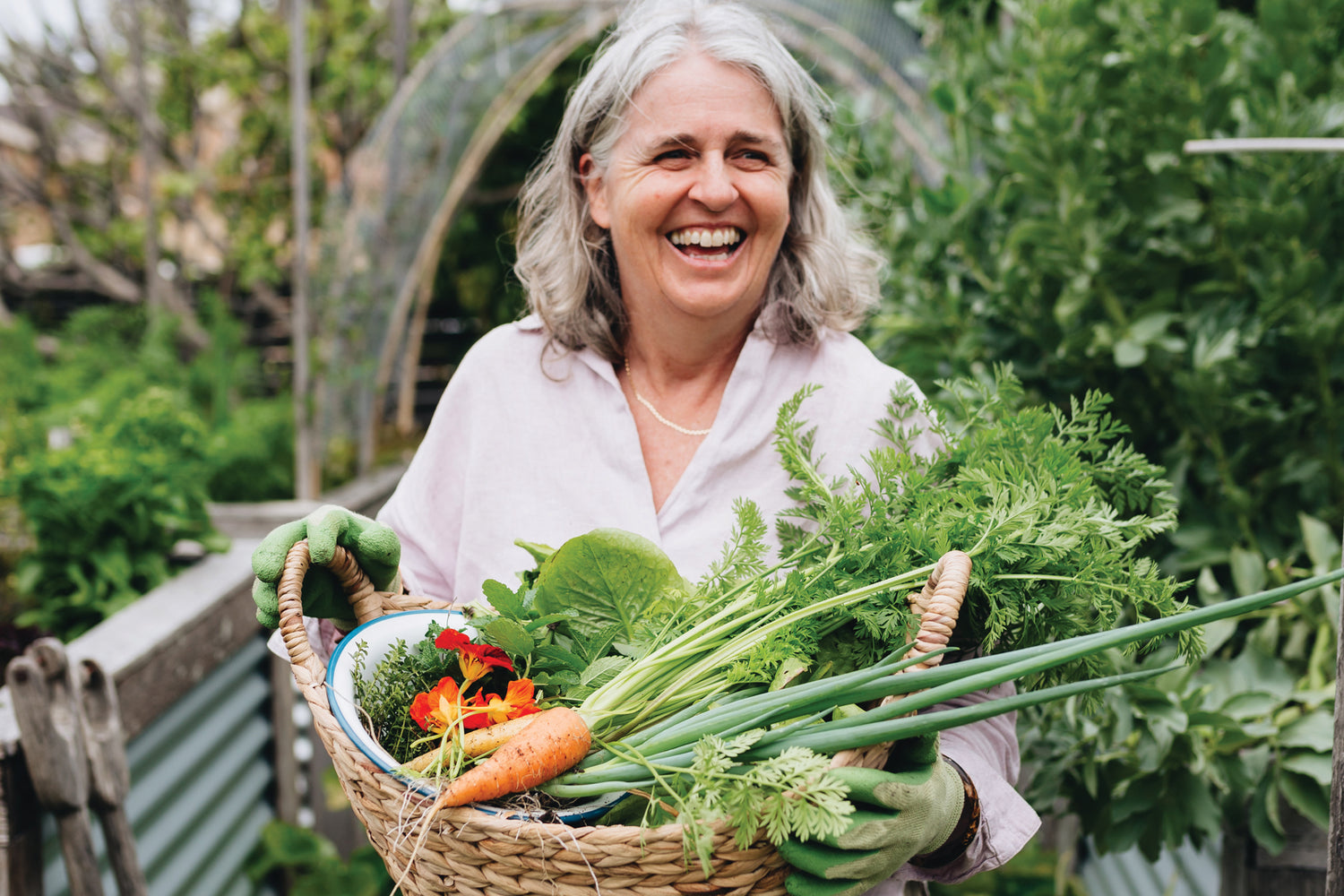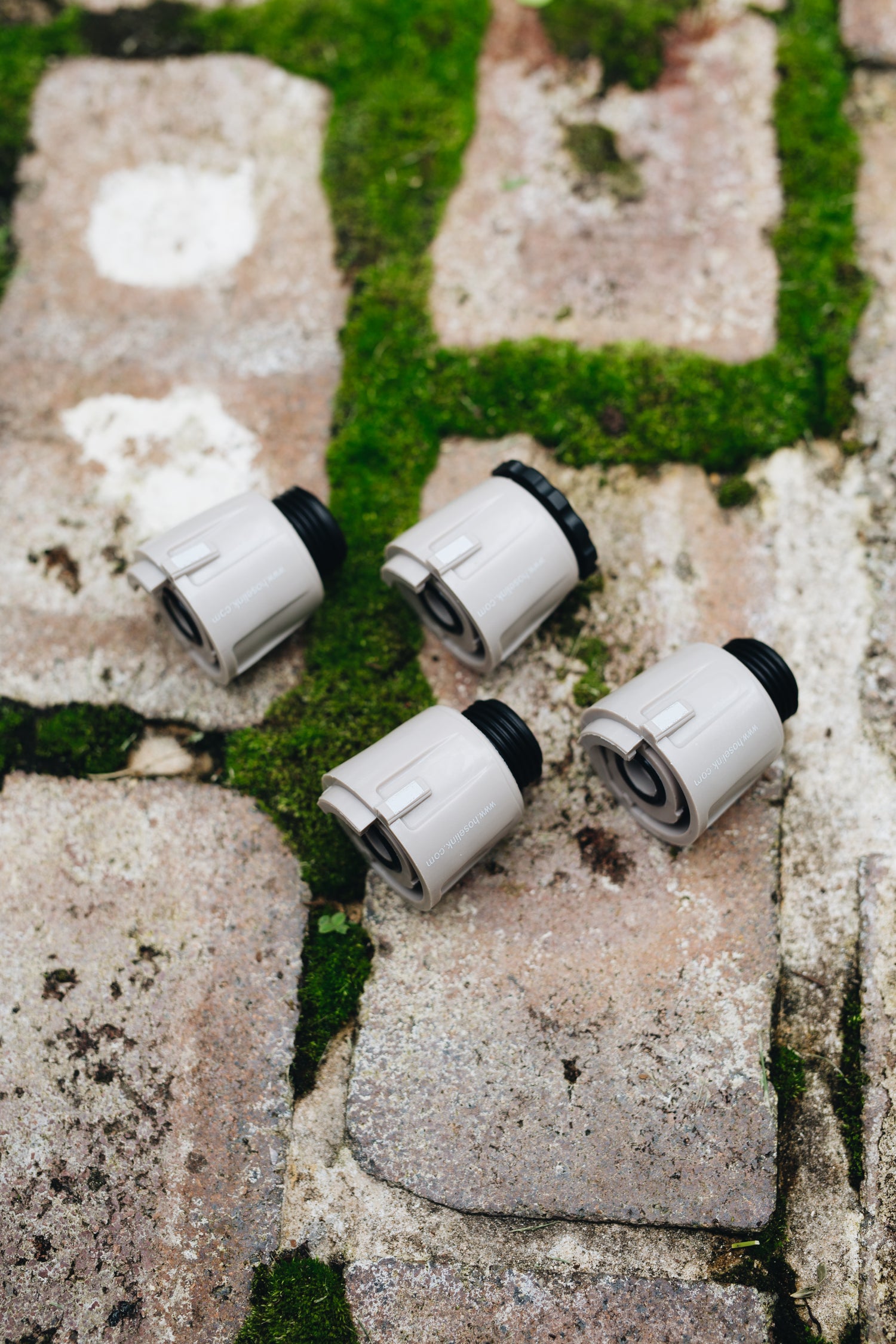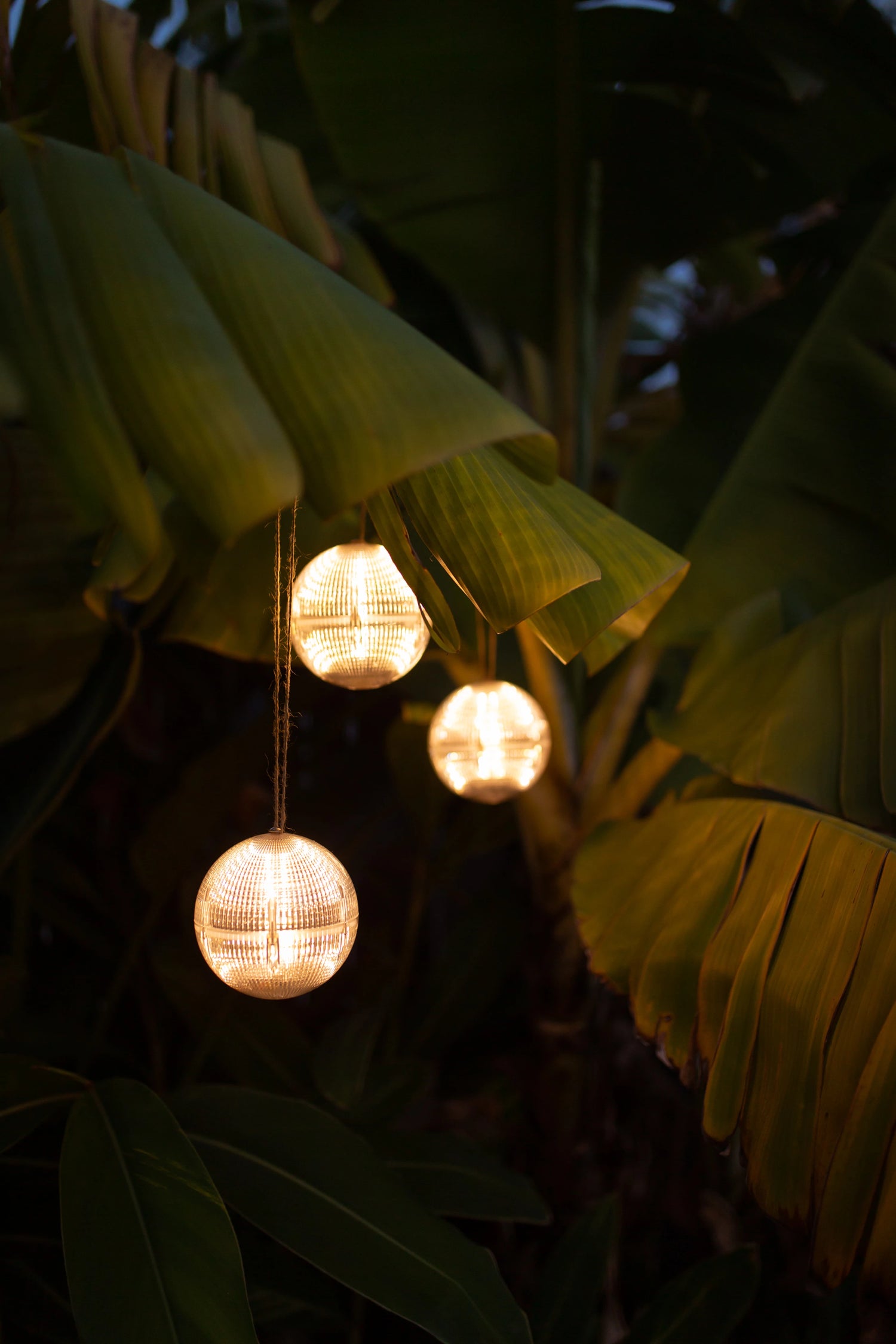Ah, December. The air smells like cookies and seasonal treats, family is everywhere, and—depending on where you live—your garden might be buried under snow. That sounds tragic, but here in Zone 9, we’re basking in weather so mild you forget winter is around the corner. While the rest of the country is shoveling snow, we’re over here shoveling compost.
Even though it’s easy to forget about your garden during the holiday season (especially when thinking about pie and other sweets), now is the prime time to plan for spring. And if you’re still harvesting goodies from your fall garden, give yourself a high five! For those of us in Houston, TX, where December temps hover between 63°F and 43°F, the growing season never really takes a break. So, while others hibernate, we’re out here strategizing.

Spring Dreams Begin in December
Here’s the deal: Spring garden prep isn’t a sprint; it’s a marathon. Sure, it might feel weird to talk about tomatoes while sipping cocoa with your favorite holiday pajamas on, but think about it—most tomato varieties take 8 weeks to grow big enough to transplant, and peppers? Try 12 weeks. If you wait until February, you’ll be playing catch-up.
So grab your favorite seed catalog (aka gardener’s version of holiday window shopping), pull out that stash of seeds, and let’s get serious about what to grow. Whether you're experimenting with funky new varieties or sticking to your old favorites, the time to plan is now.
Seed Starting Tips for Success
I’m a seed-starting enthusiast. If I weren't so busy gardening, I’d write a book about it. Until then, here’s my crash course:
- Fresh Seeds = Better Results: Seeds aren’t exactly milk, but they do lose their mojo over time. To keep them cool, dry, and out of sunlight, store them in Mason jars in the fridge or plastic boxes in a cupboard.
- Choose the Right Medium Garden soil? No, thank you. Indoor seed-starting mixes should be light, airy, and well-draining. A blend of compost, perlite, and vermiculite does the job.
- Let There Be Light Your seedlings need serious illumination—12 to 16 hours a day. Use LED or fluorescent lights placed about 6 inches above the plants. Adjustable chains make life easier. A sunny windowsill can also work, but be careful; you could end up with leggy seedlings.
- Bottom Water Like a Pro Place your seed trays in a shallow container and let the water soak up from below. This will prevent the seeds from being washed away and prevent soggy soil.
- Fertilize Wisely When the first true leaves appear, start feeding your seedlings diluted liquid fertilizer—about 25% strength.
- Harden Off, Don’t Rush When your plants are ready for the big leagues (aka outdoors), take it slow. Over two weeks, gradually expose them to sunlight and outdoor conditions. Start with shade, then increase their sun time daily.

What’s Happening in My December Garden
While my main focus is spring planning, I’m still planting a few crops and maintaining my beds.
- Radishes: Thanks to succession planting, I harvest these root crops weekly. This month, I am adding more of the white icicle variety to the garden.
- Peas: November’s warmer-than-usual weather was a bust for my peas, but December? Redemption time. I’m replanting English and sugar snap peas with high hopes.
Indoor Seed Starting: The Headliners
This year, I’m approaching seed starting with more intention. Instead of planting and figuring out placement later, I’m planning my crops and succession planting schedule in advance to maximize my garden’s productivity. Here’s what’s getting a head start indoors:
- Tomatoes: Scaling back this year—just eight plants for my space. I’m going with one cherry, two heirlooms, and my beloved Roma variety.
- Peppers are always the MVP of my garden. I will separate sweet varieties from spicy ones. Sweet options include Nadello and banana peppers. I’m starting yellow jalapeños, Scotch bonnets, serrano, and fish peppers on the fiery side.
- Eggplants are generally not my favorite, but I’m trying Baker Creek’s Chinese String this year. It’s supposed to be sweet enough to eat raw, and I will let you know in June if that’s true.
Maintenance Mode
This month, I’m giving my raised beds a little TLC. A blend of compost, castings, and chicken manure gets spread out and then topped with a layer of straw for added protection and moisture retention. For hydration, it’s all about aerated and non-aerated comfrey teas.
One big change: I’m removing one of my raised beds. What’s going there instead? It could be a wildflower bed, could be a greenhouse, or maybe just space for more dreams. Stay tuned.

Final Thought: Spring Starts Now
Don’t wait until February to get serious about your spring garden. As my dad always said, “Forgetting to plan is planning to fail.” And let’s be real—none of us are about that life. So grab a mug of cocoa or compost tea, if that’s your thing, sit down with your garden notes, and take some time to prepare for the months ahead. You’ll thank yourself when your spring garden is thriving.
Happy gardening, friends! 🌱











